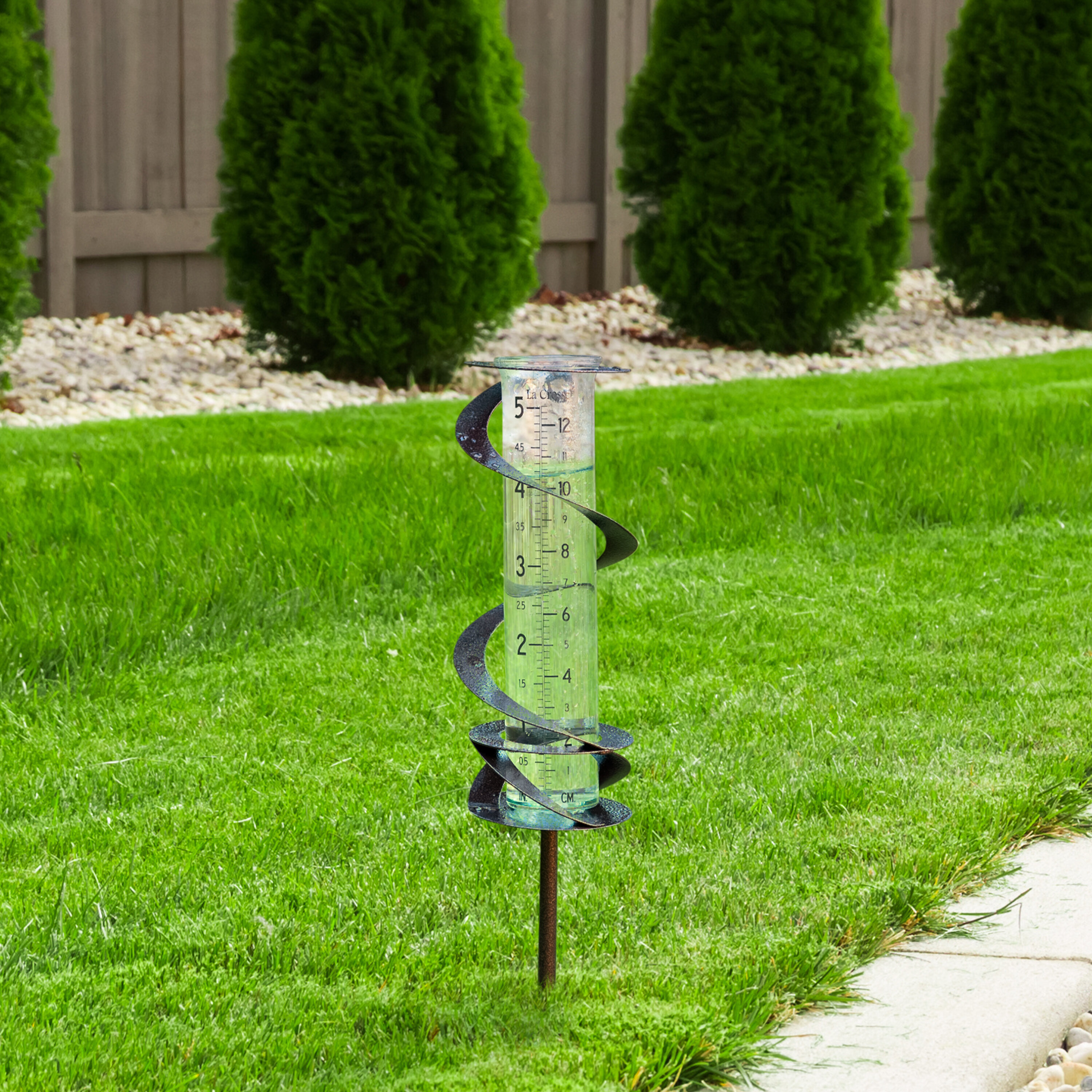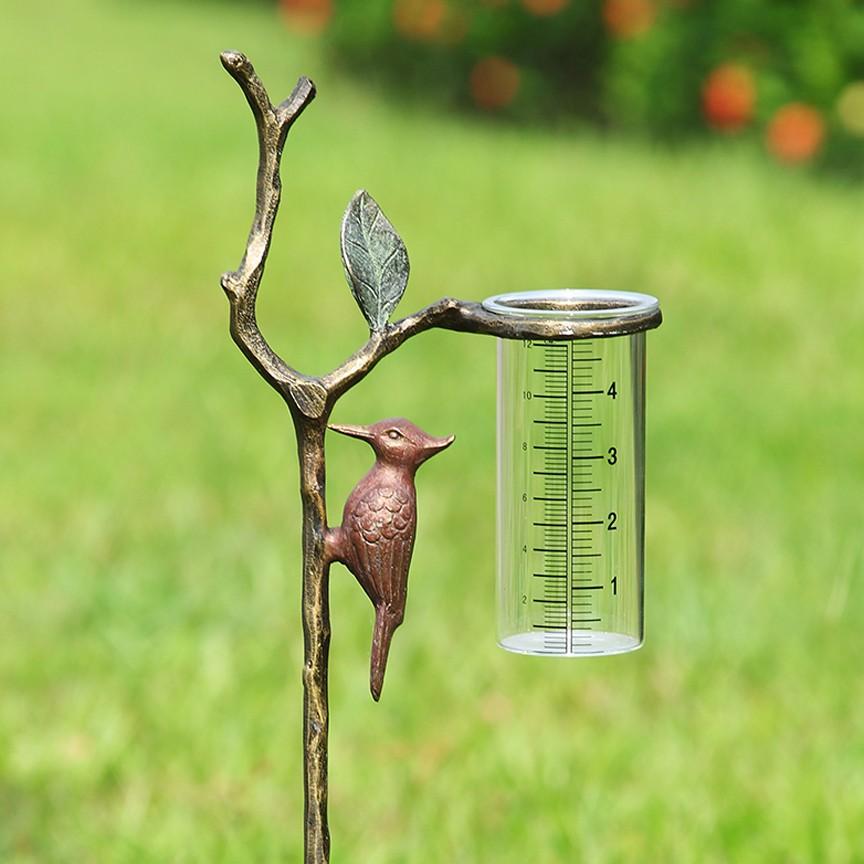The Rain Gauge: An Important Device for Monitoring Rainfall Degrees
The Rain Gauge: An Important Device for Monitoring Rainfall Degrees
Blog Article
Do It Yourself Rainfall Gauge: Straightforward Steps to Make Your Own
Are you curious about tracking rainfall in your area? Creating your own do it yourself rain scale is a efficient and simple way to videotape and determine precipitation. With simply a couple of common materials and some basic actions, you can conveniently create your very own rain gauge at home. In this overview, we will certainly supply you with a step-by-step process to aid you develop your own rainfall gauge. No demand for any type of specialized understanding or devices - this task can be finished by anybody. By adhering to these simple instructions, you will have a trustworthy tool to measure rains and add to your understanding of the regional weather condition patterns. Allow's get begun on making your Do it yourself rainfall scale today!
Gather Materials
To begin creating your Do it yourself rainfall scale, gather all the required materials making use of an extensive list of items. Having the right materials on hand will certainly make certain the successful creation of your rain scale and permit for precise dimensions of rains. Gathering these materials beforehand will enhance the construction process and make sure that you have every little thing you require to develop your own Do it yourself rain scale.
Prepare the Container

Mark the Dimension Increments
To precisely gauge the quantity of rains, precisely noting the measurement increments on your DIY rainfall gauge is essential. Without accurate and clear markings, it would be difficult to establish the precise quantity of rainfall accumulated in your rainfall gauge. Below are the steps to note the dimension increments on your rain scale.
The most common devices for determining rainfall are millimeters and inches. When you have actually chosen the unit, utilize a permanent pen or waterproof paint to mark the increments on the side of your rain gauge.
When marking the increments, it is important to make sure that they are evenly spaced and plainly noticeable. Utilize a ruler or determining tape to ensure accuracy and uniformity. In addition, make certain that the markings are immune to fading or scrubing off, as exposure to the elements might cause them to wear away with time.
Place the Rain Scale Outdoors
The rain scale need to be put outdoors to accurately accumulate rains information. The area chosen for the rain gauge ought to be open and free from any kind of obstructions that can potentially impact the dimension of rainfall. It is important to discover a place that is not obstructed by trees, buildings, or other structures that could block the rain from reaching the scale. This will make sure that the gathered data is representative of the real rains in the location.
Additionally, it is critical to place the rain gauge on a secure surface area, such as a over at this website degree ground or a durable post. This will certainly prevent any type of motion or tilting of the scale, which can bring about imprecise measurements. It is additionally a good idea to stay clear of positioning the scale near any kind of sources of man-made water, such as sprinklers or water drainage systems, as this might hinder the precision of the dimensions.
Screen and Document Rain Data
Normal tracking and recording of rains data is essential for accurate data evaluation and analysis. By maintaining track of rains measurements, you can get useful insights into climate patterns, environment patterns, and water resource monitoring. To successfully check and record rains data, it is very important to establish a regular and preserve consistent techniques.
To start with, ensure that your rain scale is positioned in an open area away from obstacles such as trees or buildings that may block rains. In addition, see to it the rain gauge is degree and securely anchored to avoid any movement that might influence the precision of the measurements.

When tape-recording the rains data, it is very important to keep in mind the day and time of each dimension. Use a leader or a gauging adhere to identify the rains depth in the rain scale, and document this information properly.
To ensure the accuracy of the measurements, it is suggested to clear the rainfall gauge after each recording. This will certainly protect against any kind of overflow or evaporation from affecting succeeding dimensions.
Conclusion
In final thought, developing a DIY rainfall gauge this article is a useful and easy method to keep an eye on and tape-record rains information (The Rain Gauge). By complying with the steps described in this write-up, you can easily collect visit site materials, prepare the container, mark the measurement increments, and position the rain scale outdoors. On a regular basis checking and videotaping rainfall information can offer beneficial details for different functions
Having the ideal materials on hand will certainly ensure the successful production of your rain gauge and enable for accurate measurements of rains.To accurately measure the quantity of rainfall, accurately marking the dimension increments on your DIY rainfall scale is essential.The rain gauge ought to be put outdoors to accurately collect rainfall information. The place chosen for the rain gauge ought to be cost-free and open from any blockages that might possibly affect the dimension of rains.In verdict, developing a DIY rain gauge is a basic and useful means to keep track of and tape-record rainfall data.
Report this page